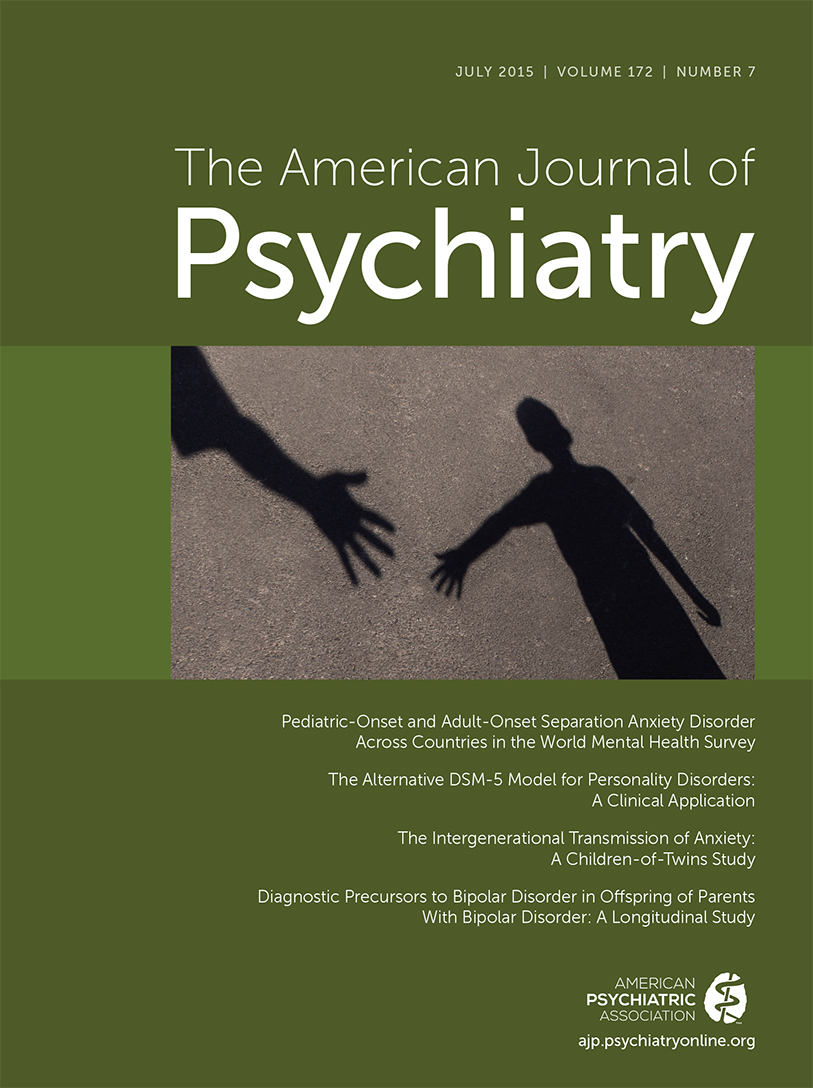Alice Bennett, M.D., Ph.D.: A Woman of Firsts

The 19th century witnessed the proliferation of asylums and awareness that female patients might best be treated by female doctors. The Woman’s (originally Female) Medical College of Pennsylvania had been graduating female physicians since before the Civil War. Dr. Hiram Corson, a leading Montgomery County physician, was eager to see them employed in mental asylums. Alice Bennett, a schoolteacher from Wrentham, Mass., obtained her degree from the Woman’s Medical College of Pennsylvania in 1876. She enrolled in the auxiliary school at the University of Pennsylvania to study anatomy. Meanwhile, she offered care to poor women in Philadelphia and taught anatomy at the Woman’s Medical College. In 1880, she became the first woman to receive a doctoral degree from the University of Pennsylvania.
Dr. Bennett was surprised when Dr. Corson offered her a position as resident physician (essentially medical superintendent) at the women’s department of the new asylum in Norristown in 1880. She accepted and became the first woman in America to assume psychiatric leadership; others soon followed. While learning on the job during her 16-year tenure, Dr. Bennett developed a reputation for the humane care of patients, for the nonuse of restraints, and for explaining women’s abnormal behavior in legal cases. Her testimony in the 1888 trial of triple murderer Sarah Whiteling was an early, if not the first, appearance of a female physician applying psychiatry to the law. Already prominent in Pennsylvania medicine, in 1889 Dr. Bennett set out to attend the meeting of the state medical society in Pittsburgh when she heard the announcement of the Johnstown Flood. The probability of widespread psychological effects propelled her into action, as she made her way to the disaster scene, seeking women in distress. In effect, she was a psychiatric first responder to a disaster, and she was cited accordingly by Cambria County.
Endorsed again by Dr. Corson, Dr. Bennett became the first female president of a medical society (Montgomery County) in 1890. Dr. Corson was so devoted to Dr. Bennett and to the promotion of women in medicine that he arranged for Thomas Hovenden to paint her portrait (shown here). Disenchanted with scrutiny of her participation in ovariectomy for some psychiatric conditions, she resigned from the asylum in 1896. The coda to her psychiatric career was her position as personal physician to the mentally ill daughter of industrialist Cyrus McCormick for 4 years. After disappearing from medical practice until 1910, Dr. Bennett reemerged in New York City, where she delivered over 2,000 babies at the Blackwells’ New York Infirmary for Women and Children until her death in 1925.



